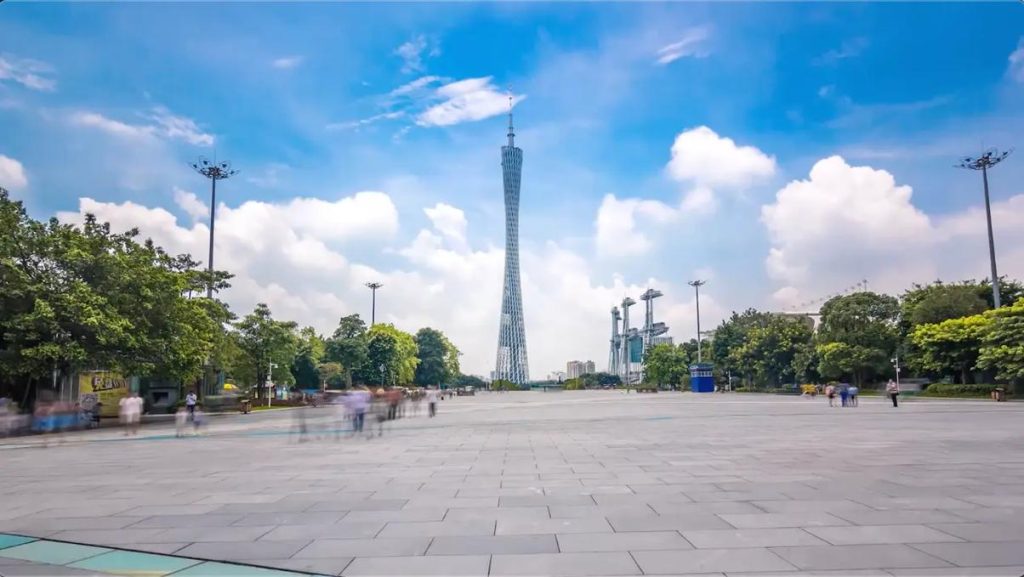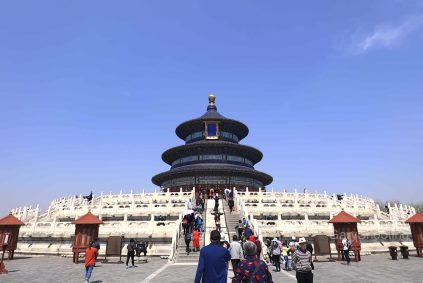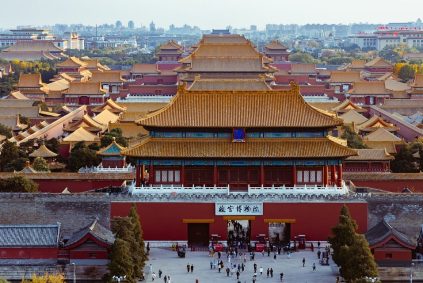The Interplay Between Guangzhou’s Cuisine and Culture
Guangzhou, often hailed as the “Food Paradise of China,” is a city where culinary traditions are deeply intertwined with its rich cultural heritage. The relationship between Guangzhou’s cuisine and its culture is multifaceted, reflecting centuries of historical evolution, geographical influences, and social practices. This article delves into the intricate connections between Guangzhou’s food and its cultural identity.
Historical Roots: A Melting Pot of Flavors
Guangzhou’s culinary landscape has been shaped by its historical position as a major trading port and a crossroads of cultures. Since ancient times, the city has been a hub for maritime trade, attracting merchants from across the globe. This influx of foreign traders brought with them diverse culinary traditions, which gradually blended with local flavors to create a unique gastronomic culture.
The Influence of the Silk Road
The ancient Silk Road played a pivotal role in introducing new ingredients and cooking techniques to Guangzhou. Spices from the Middle East, herbs from Southeast Asia, and grains from the north all found their way into the city’s kitchens, enriching the local cuisine. The fusion of these diverse elements gave rise to dishes that are both exotic and familiar, reflecting Guangzhou’s openness to external influences.
The Legacy of Immigration
Throughout history, waves of immigration have also contributed to Guangzhou’s culinary diversity. From the northern Chinese who settled in the region during the Tang and Song dynasties to the overseas Chinese who returned with new culinary ideas, each group has left its mark on the city’s food culture. This blending of culinary traditions has resulted in a cuisine that is both eclectic and harmonious, with each dish telling a story of migration and adaptation.
Geographical Influences: Nature’s Bounty on the Plate
Guangzhou’s geographical location has a profound impact on its cuisine. Situated in the subtropical region of southern China, the city enjoys a warm and humid climate that supports the growth of a wide variety of fresh produce. This abundance of ingredients has shaped the local culinary traditions, emphasizing freshness, seasonality, and a delicate balance of flavors.
The Role of Fresh Seafood
As a coastal city, Guangzhou has easy access to an array of fresh seafood. Fish, shrimp, crab, and shellfish are staples in the local diet, often prepared simply to highlight their natural flavors. Steaming, boiling, and stir-frying are common cooking methods, preserving the freshness and texture of the seafood. The emphasis on fresh ingredients reflects Guangzhou’s connection to the sea and its appreciation for the natural bounty that it provides.
The Use of Local Produce
In addition to seafood, Guangzhou’s cuisine also makes extensive use of local produce such as fruits, vegetables, and herbs. Lychees, longans, and pomelos are popular fruits, while lotus root, bamboo shoots, and water chestnuts are commonly used vegetables. These ingredients are often incorporated into dishes to add texture, flavor, and nutritional value. The use of local produce not only enhances the taste of the food but also reflects Guangzhou’s commitment to sustainability and supporting local farmers.
Social Practices: Food as a Cultural Bond
In Guangzhou, food is more than just sustenance; it is a way of life and a means of social connection. The city’s culinary traditions are deeply embedded in its social practices, from family gatherings to festive celebrations.
The Tradition of Dim Sum
Dim sum, a style of Chinese cuisine featuring small, bite-sized portions of food served in steamer baskets or on small plates, is a quintessential part of Guangzhou’s food culture. Originating from the tea houses that dotted the city’s streets in the early 20th century, dim sum has evolved into a social ritual that brings people together. Families and friends gather around the table to share a variety of dishes, from steamed dumplings to fried spring rolls, while sipping on tea and engaging in lively conversation. The tradition of dim sum reflects Guangzhou’s emphasis on community and the joy of sharing a meal with loved ones.
Festive Foods and Celebrations
Food also plays a central role in Guangzhou’s festive celebrations. During the Spring Festival, families prepare elaborate feasts featuring dishes with symbolic meanings, such as fish for abundance and dumplings for wealth. The Mid-Autumn Festival is marked by the consumption of mooncakes, sweet pastries filled with lotus seed paste or red bean paste, which symbolize reunion and harmony. These festive foods not only add to the festive atmosphere but also serve as a way to pass down cultural traditions from one generation to the next.
Cultural Identity: Food as a Symbol of Guangzhou
Guangzhou’s cuisine is a source of pride for its residents and a symbol of the city’s cultural identity. The unique flavors and cooking techniques that define Guangzhou’s food culture are a testament to the city’s history, geography, and social practices.
The Preservation of Culinary Heritage
In recent years, there has been a growing movement to preserve and promote Guangzhou’s culinary heritage. Chefs and food enthusiasts are working to document traditional recipes, revive endangered cooking techniques, and introduce Guangzhou’s cuisine to a wider audience. This effort not only helps to keep the city’s culinary traditions alive but also raises awareness about the importance of cultural diversity and heritage preservation.
The Global Appeal of Guangzhou’s Cuisine
Guangzhou’s cuisine has also gained international recognition, with Cantonese restaurants found in major cities around the world. The popularity of Guangzhou’s food abroad reflects its universal appeal and the city’s status as a cultural ambassador. As more people discover the delights of Guangzhou’s cuisine, they also gain a deeper appreciation for the city’s rich cultural heritage and the stories that its food tells.
















